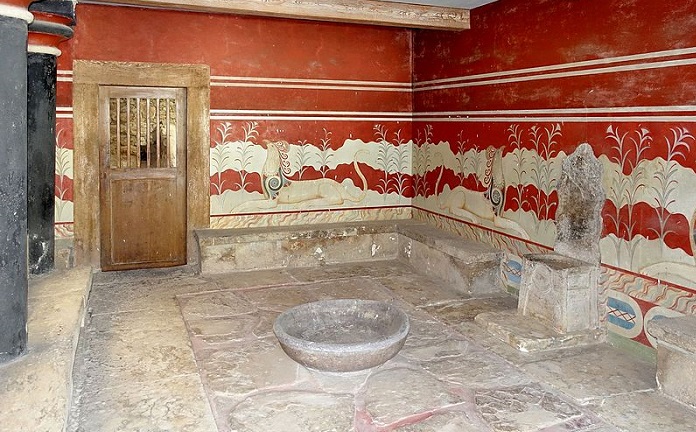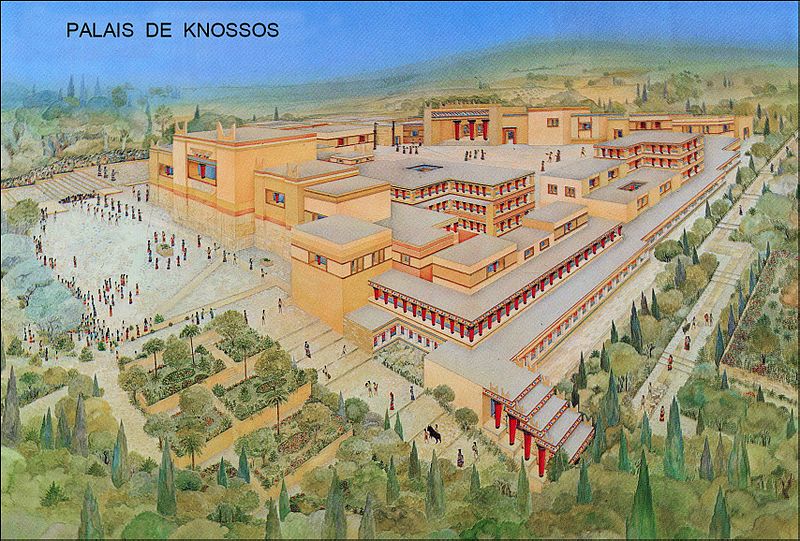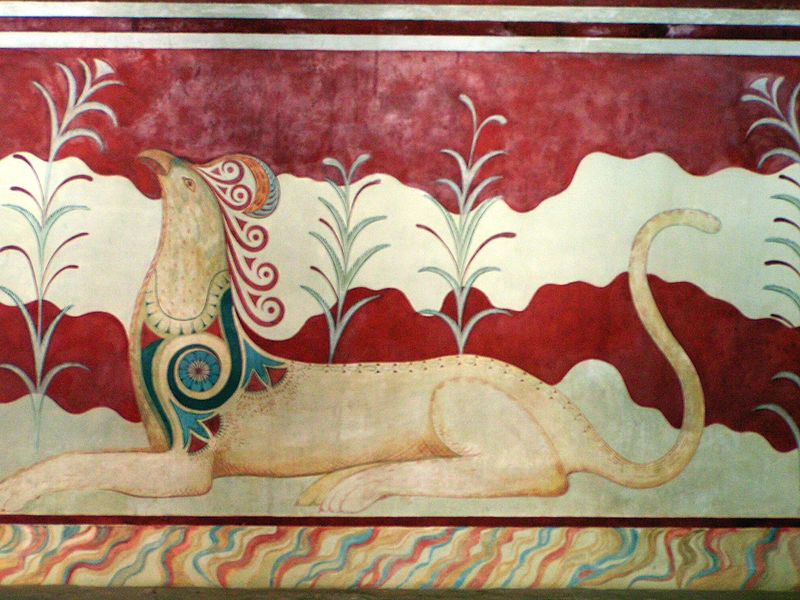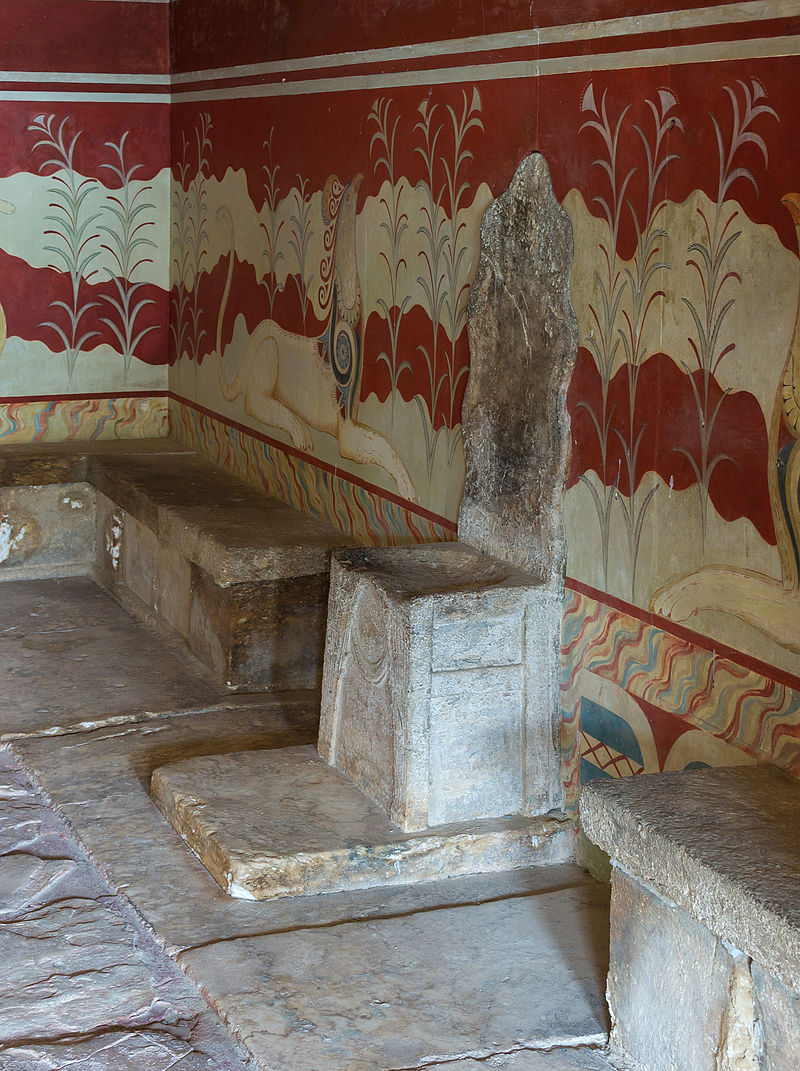DepthReading
The Mystery of the Oldest Throne in Europe at the Cretan Palace of Knossos
In the palace of Knossos, at the centre of Minoan civilization, a magnificent throne room built during the 15th century BC is considered the oldest such room in Europe.
Knossos flourished for approximately two thousand years. It had large palace buildings, extensive workshop installations and luxurious rock-cut cave and tholos tombs. As a major center of trade and the economy, Knossos maintained ties with the majority of cities in the Eastern Mediterranean.
The palace was a great labyrinthine complex of 20,000 meters in length, a ceremonial, religious and political center that reflected great wealth, power, and highly advanced architecture.
It was based around a central courtyard with more than one thousand interlinked, maze-like halls and chambers.
The throne room was unearthed in 1900 by British archaeologist Arthur Evans, during the first phase of his excavations in Knossos.
It was found in the center of the palatial complex and west of the central court. The chamber contains an alabaster seat on the north wall, identified by Evans as a “throne,” while two Griffins resting on each side are gazing at it, seemingly paying obeisance to the figure who sits there.
They represent mythical creatures that combine a lion and an eagle – two beasts that rule the land and the earth and symbolize divinity and kingship. However, these griffins are unusual: although they are beautifully elaborated with collars and something like a crown, they do not have wings.
According to Evans’s estimates, a total of thirty people could be accommodated both in the throne room and its anteroom.
Initially, Evans identified the stone throne as the seat of the mythical king of Crete, Minos, evidently applying Greek mythology. Other archaeologists suggest that the throne room was a sanctuary of a female divinity and that a priestess who sat there was her the person who represented her on earth.
According to most archaeologists, the throne itself may have actually had more religious than political significance, functioning in the re-enactment of epiphany rituals involving a High Priestess, as suggested by the iconography of griffins, palms, and altars in the wall-paintings. More recently, it has been suggested that the room was only used at dawn at certain times of the year for specific ceremonies.
Various archaeologists claim that the room and its furniture most likely date to the time of the Mycenaean takeover circa after 1,450 BC when political conditions in Crete were entirely different, as indicated by the concurrent appearance of elite tombs, individual burials and the presence of the Mycenaean Greek “Linear B” script.
At that time, the palace at Knossos seems to have been modified in a minor way in order to include features such as the throne room. Especially, the stylized paintings of heraldically opposed griffins were popular in later era Mycenaean wall painting but not seen before in Crete.
For instance, similar wall decoration was also found in the throne room of the Mycenaean palace of Pylos in the Peloponnese.
Category: English
DepthReading
Key words:





